The night sky has always held a special fascination for humanity, but few celestial phenomena capture the imagination quite like the aurora borealis. Known as the northern lights, this dazzling display of colors dancing across the polar skies has drawn adventurous souls for centuries. Today, a growing community of "aurora chasers" dedicate their lives to pursuing these elusive lights, traveling to remote corners of the globe in hopes of witnessing nature's most spectacular light show.
What drives people to become aurora chasers? For some, it's the sheer beauty of the phenomenon - those undulating ribbons of green, pink, and violet that seem to set the very heavens ablaze. Others are drawn by the challenge; catching the aurora requires perfect timing, ideal weather conditions, and a fair amount of luck. There's also the scientific fascination - understanding how solar particles interacting with Earth's magnetic field create this otherworldly spectacle.
The best aurora viewing typically occurs within the "auroral oval," a ring-shaped zone around the magnetic poles. While Alaska, Canada, and Scandinavia remain classic destinations, recent years have seen chasers venturing further afield. Some brave the bitter cold of Svalbard, while others seek out vantage points in Scotland's Shetland Islands or even the southern hemisphere's aurora australis in Tasmania and New Zealand.
Modern technology has transformed aurora chasing. Gone are the days when hopeful viewers would simply gaze northward and pray for activity. Today's chasers rely on solar wind data from NASA's ACE satellite, real-time geomagnetic activity measurements, and sophisticated aurora forecast apps. Social media groups buzz with activity as enthusiasts share tips about current conditions and the best viewing spots.
Photography plays a central role in contemporary aurora culture. The digital revolution has made it possible for amateurs to capture stunning images that would have required professional equipment just a decade ago. Long exposures reveal colors and structures invisible to the naked eye, while time-lapse sequences show the lights' mesmerizing movement. Some chasers have gained substantial online followings by sharing their breathtaking aurora images.
The experience of witnessing the aurora in person defies easy description. There's the initial thrill of spotting that first faint glow on the horizon, which might develop into a shimmering curtain or explode into a dazzling corona overhead. The lights often appear to move with purpose, as if guided by some unseen hand. Many chasers speak of a profound, almost spiritual connection they feel when standing beneath the aurora's glow.
Chasing the northern lights isn't without its challenges. The most spectacular displays often occur during the coldest months, when temperatures can plunge well below freezing. Cloud cover frequently obscures the view, leading to many fruitless nights of waiting. In remote locations, basic amenities may be scarce, and the perpetual darkness of polar winters can test even the most dedicated chaser's resolve.
Despite these hardships, the aurora chasing community continues to grow. Photography workshops and guided tours have made the experience more accessible to casual enthusiasts. At the same time, veteran chasers constantly push boundaries, seeking out new vantage points and developing innovative techniques to document the lights. Some even plan entire vacations around solar activity cycles, coordinating their travels with periods of predicted geomagnetic storms.
The cultural significance of the aurora adds another layer to the chasing experience. Indigenous communities in auroral regions often have rich traditions surrounding the lights, from the Sami people of Scandinavia to Native Alaskan groups. Many modern chasers make a point of learning about these cultural perspectives, finding that it deepens their appreciation of the phenomenon they've dedicated so much time to pursuing.
As solar activity increases toward the peak of its 11-year cycle, aurora displays are becoming more frequent and intense. This has led to a surge of interest in aurora tourism, with hotels in prime viewing areas booking up months in advance. Some entrepreneurs have even created specialized accommodations like glass igloos or heated viewing pods to enhance the experience.
What does the future hold for aurora chasing? Climate change may alter traditional viewing patterns as shifting weather systems affect cloud cover in northern regions. Light pollution continues to encroach on dark sky areas, though dedicated preserves are being established to protect prime aurora viewing locations. Meanwhile, advances in space weather prediction may eventually allow for more accurate short-term aurora forecasts.
At its heart, aurora chasing remains a deeply human pursuit - a quest for beauty, wonder, and connection with the natural world. In an age of digital distractions, the northern lights offer a rare opportunity to experience something truly sublime, a reminder of our planet's place in the vast cosmos. For those who have felt the thrill of seeing the sky come alive with color, no explanation is necessary. For those who haven't, no explanation will ever suffice.
The community of aurora chasers represents a unique blend of scientists, artists, adventurers, and dreamers. They share knowledge freely, celebrate each other's successes, and understand the patience required for this peculiar passion. Whether armed with expensive camera gear or simply their own eyes, they're united by the shared experience of standing beneath the shimmering aurora, caught between wonder and the desperate hope that the show will last just a little longer.
For those considering joining the ranks of aurora chasers, veterans offer simple advice: dress warmly, be patient, and always look up. The lights have been performing their celestial dance for millennia, and will continue long after our brief moment on this planet. To witness them is to participate in an ancient ritual of cosmic observation, one that links us to countless generations who have marveled at the same spectacle. In chasing the aurora, we're really chasing connection - to nature, to history, and to something greater than ourselves.
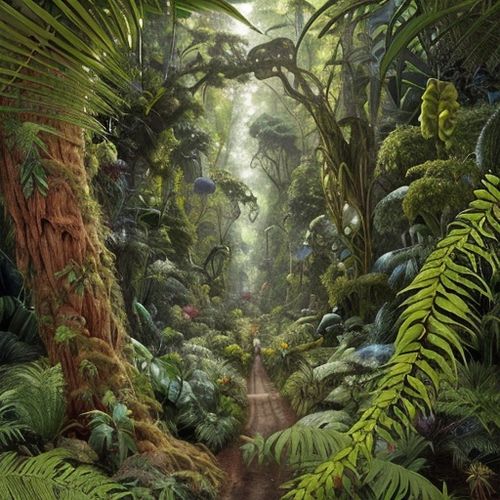
By George Bailey/Apr 28, 2025
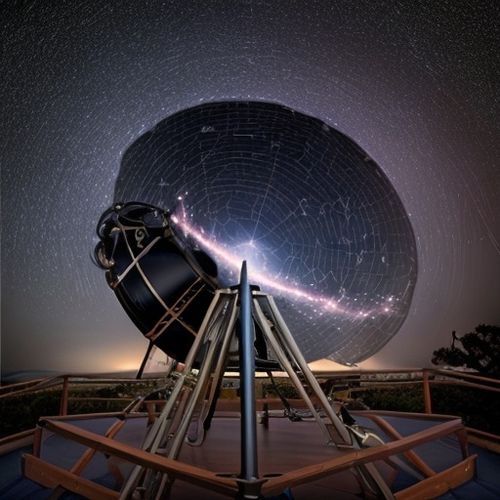
By Lily Simpson/Apr 28, 2025

By Grace Cox/Apr 28, 2025
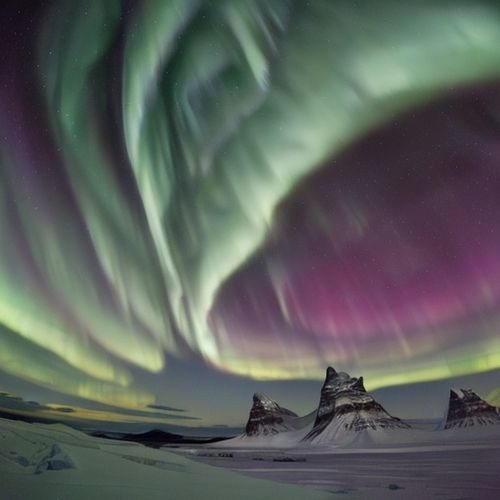
By David Anderson/Apr 28, 2025
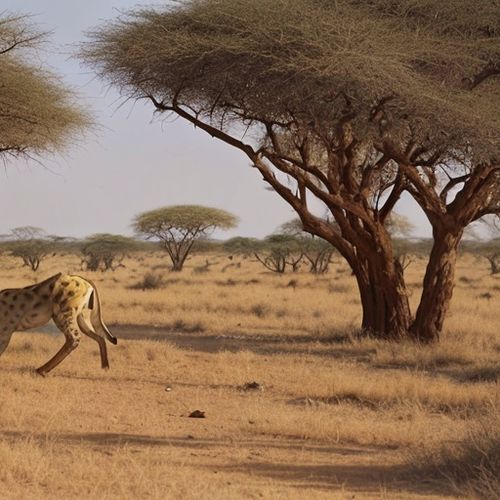
By Megan Clark/Apr 28, 2025
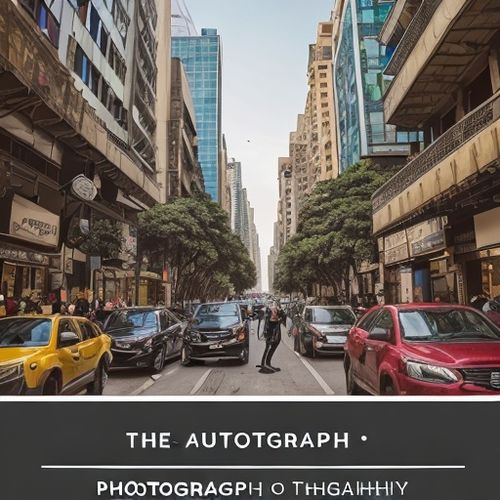
By Natalie Campbell/Apr 28, 2025
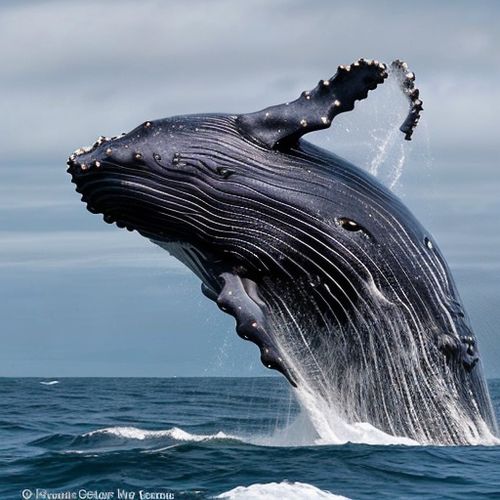
By Olivia Reed/Apr 28, 2025
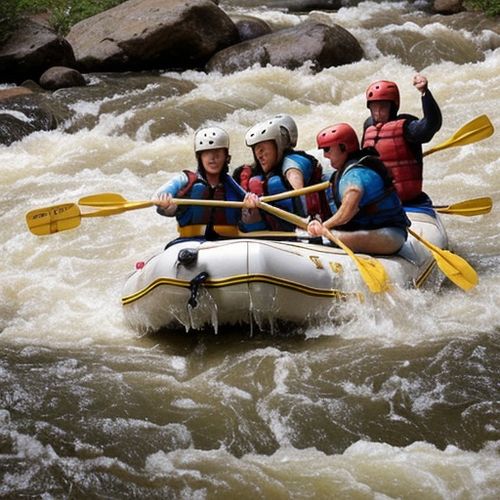
By Rebecca Stewart/Apr 28, 2025
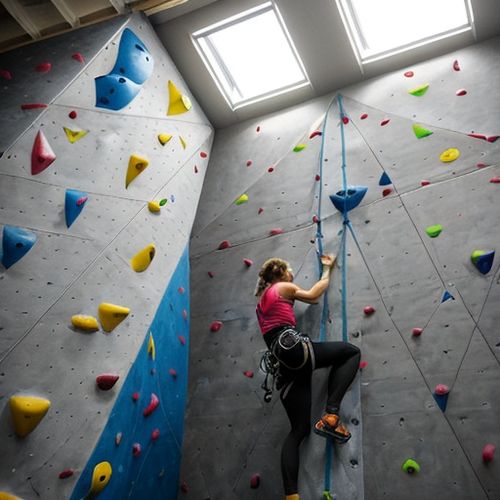
By Eric Ward/Apr 28, 2025
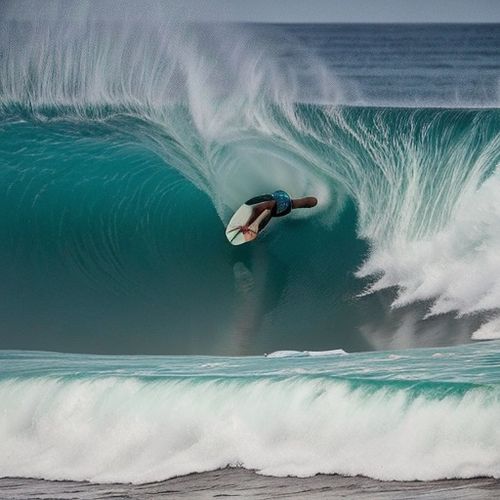
By Grace Cox/Apr 28, 2025
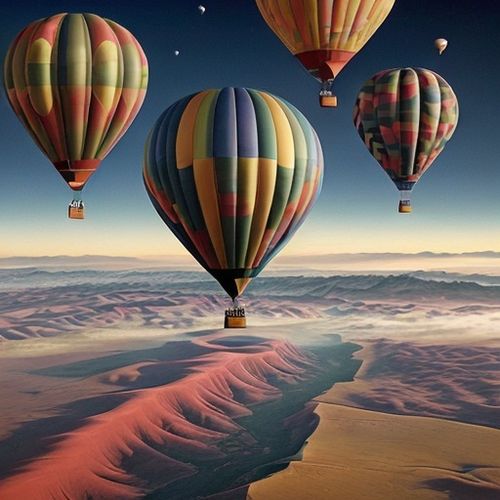
By Noah Bell/Apr 28, 2025

By George Bailey/Apr 28, 2025
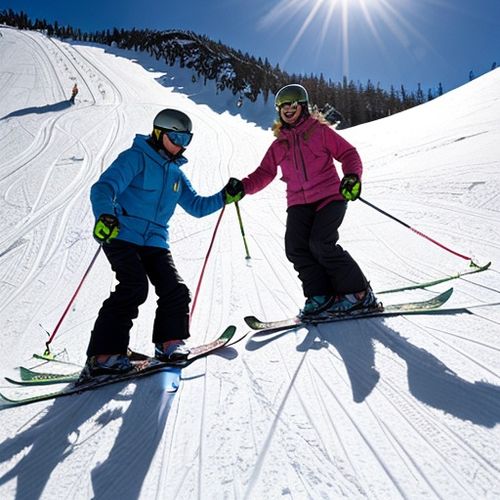
By Michael Brown/Apr 28, 2025
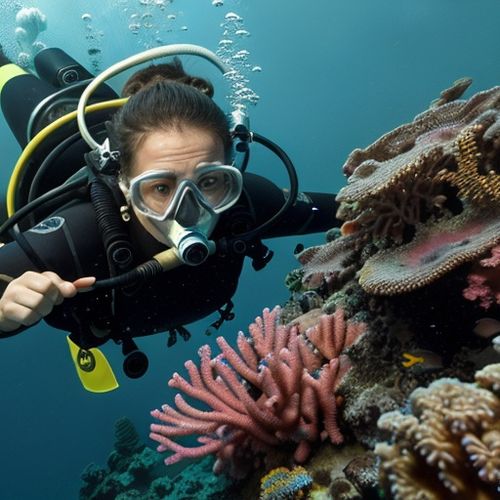
By Samuel Cooper/Apr 28, 2025

By Laura Wilson/Apr 28, 2025
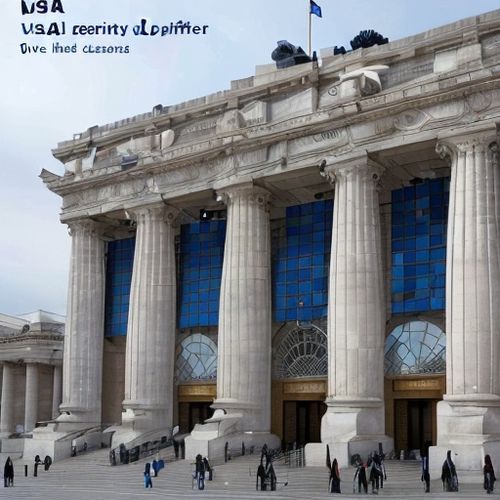
By David Anderson/Apr 28, 2025
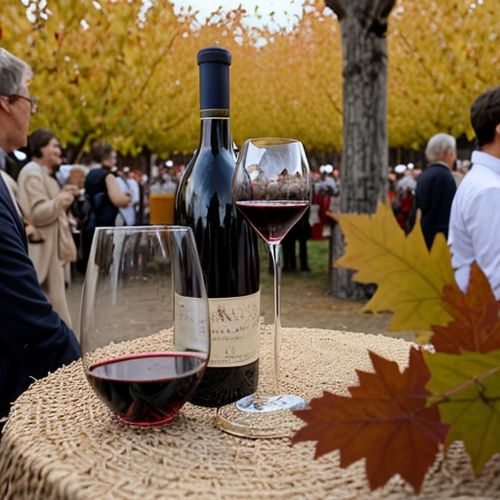
By Noah Bell/Apr 28, 2025
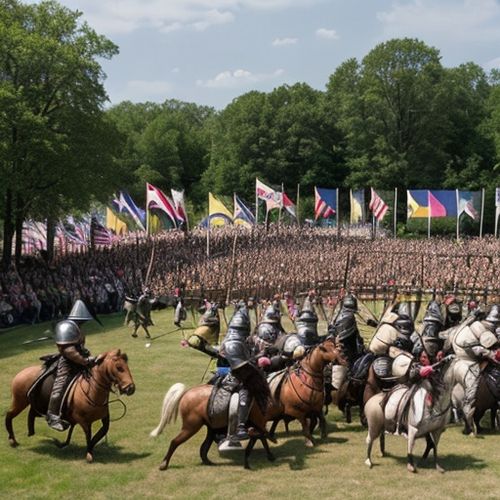
By Benjamin Evans/Apr 28, 2025

By Megan Clark/Apr 28, 2025
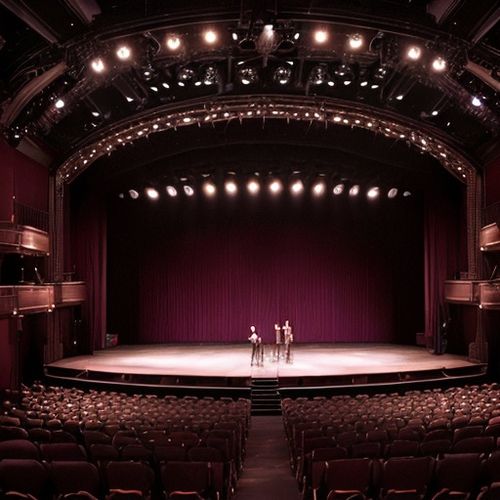
By Noah Bell/Apr 28, 2025